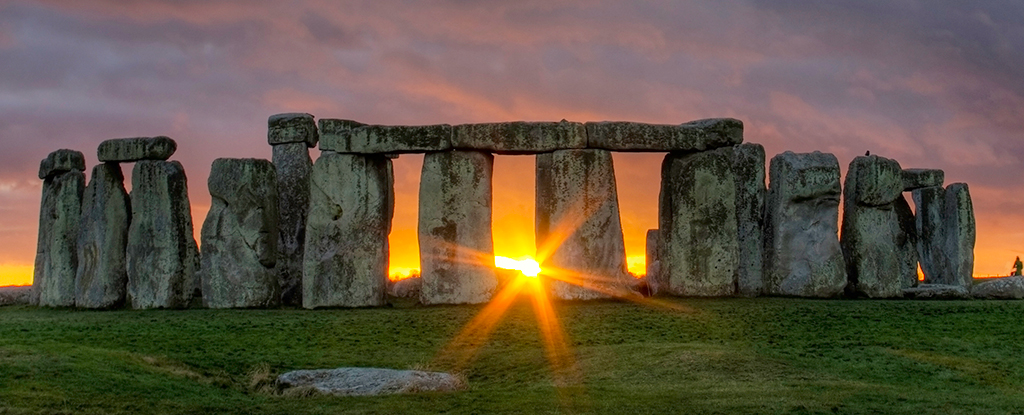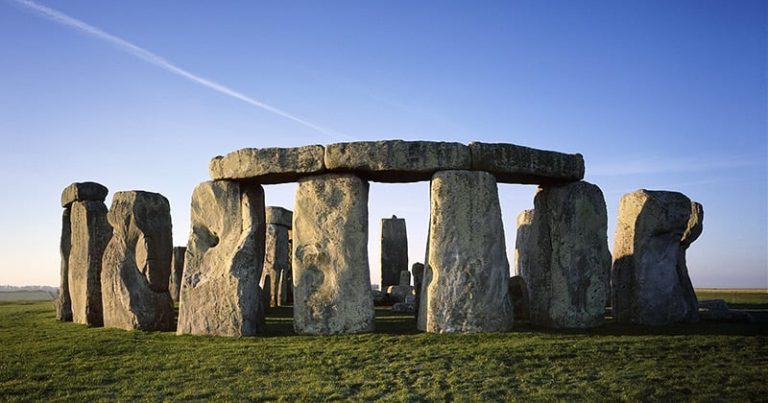Stonehenge: History, Locations, Facts, Myths And Everything To Know

Stonehenge, located on Salisbury Plain in Wiltshire, England, is a mysterious and iconic prehistoric monument.
Key Points
- Structure: Stonehenge consists of massive sarsen stones arranged in a circular pattern. The outer ring includes vertical standing stones topped by lintels. Inside, smaller bluestones form another circle, and trilithons (two sarsens with a lintel) stand at the center.
- Alignment: Stonehenge aligns with the summer solstice sunrise and winter solstice sunset.
- Historical Phases: Built in phases between 3100 BCE and 1600 BCE, its purpose also remains a subject of debate.
- Cultural Significance: Stonehenge is a UNESCO World Heritage Site and a symbol of ancient British heritage.
- Ownership: Managed by English Heritage and owned by the Crown.
Purpose and Theories:
-
- Religious or Ritual Site: Many believe Stonehenge also served as a religious or ritual site. The alignment with solstices suggests celestial significance.
- Healing and Magic: Some theories propose that Stonehenge was a healing center or a place for magical practices.
Construction Techniques:
-
- Transporting the Stones: The sarsen stones, weighing up to 25 tons each, were likely transported from Marlborough Downs,also about 20 miles (32 km) away. The bluestones came from Wales, over 150 miles (240 km) distant.
- Stone Dressing: The builders shaped the stones using simple tools like antler picks and wooden mallets.

Timeline:
-
- Phase I (3100 BCE): The circular ditch and bank were dug, creating the outer enclosure. These earthworks served as a boundary.
- Phase II (2600 BCE): The iconic sarsen stones were erected in a horseshoe shape, with bluestones placed inside.
- Phase III (2400 BCE):This phase transformed Stonehenge into its current form.
Astronomical Alignments:
-
- Summer Solstice: The Heel Stone aligns with the sunrise on the longest day of the year.
- Also Winter Solstice: The central trilithon aligns with the sunset on the shortest day.
Decline and Preservation:
-
- Abandonment
- Preservation Efforts: In the 20th century, restoration and preservation work ensured its survival.
Visitor Experience:
-
- Visitor Center: Stonehenge now has a visitor center with exhibits, audio guides, and also a shuttle to the site.
- Managed Access: Visitors can no longer walk among the stones directly but can view them from a designated path.


